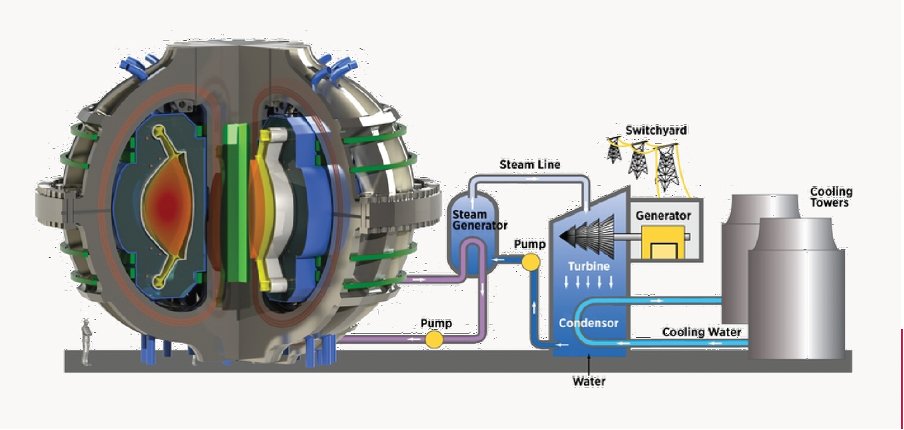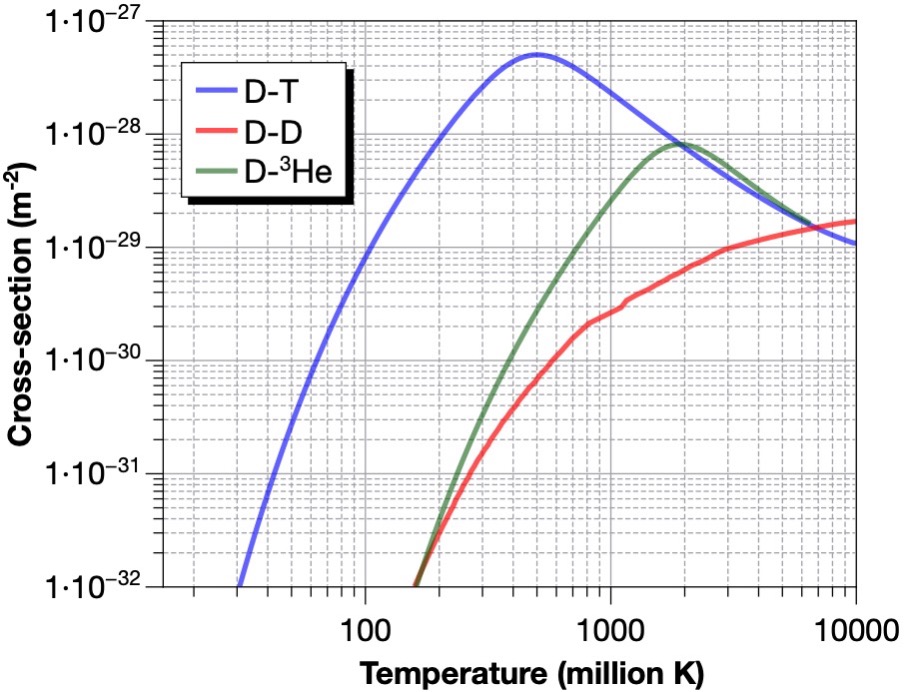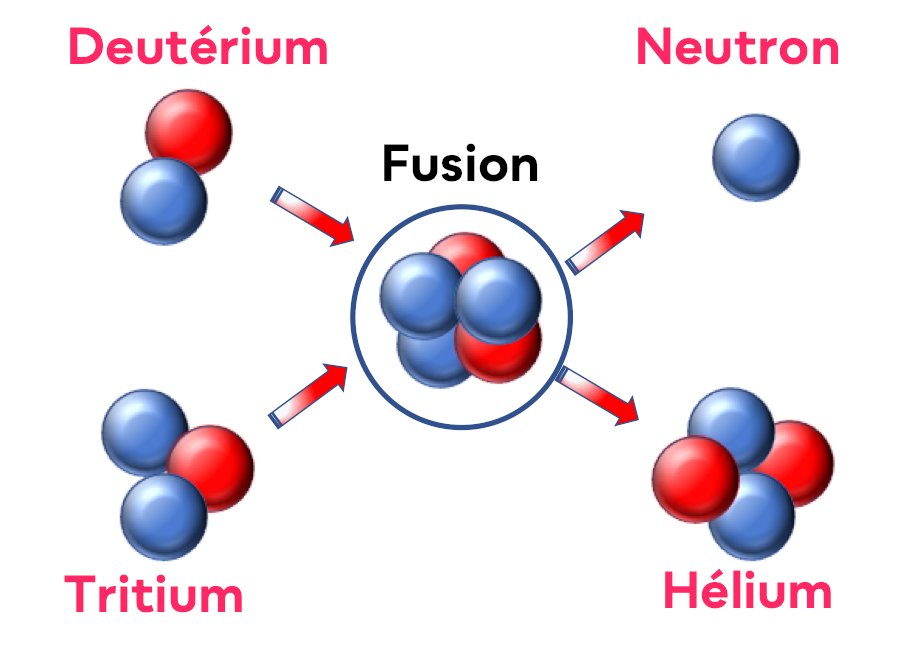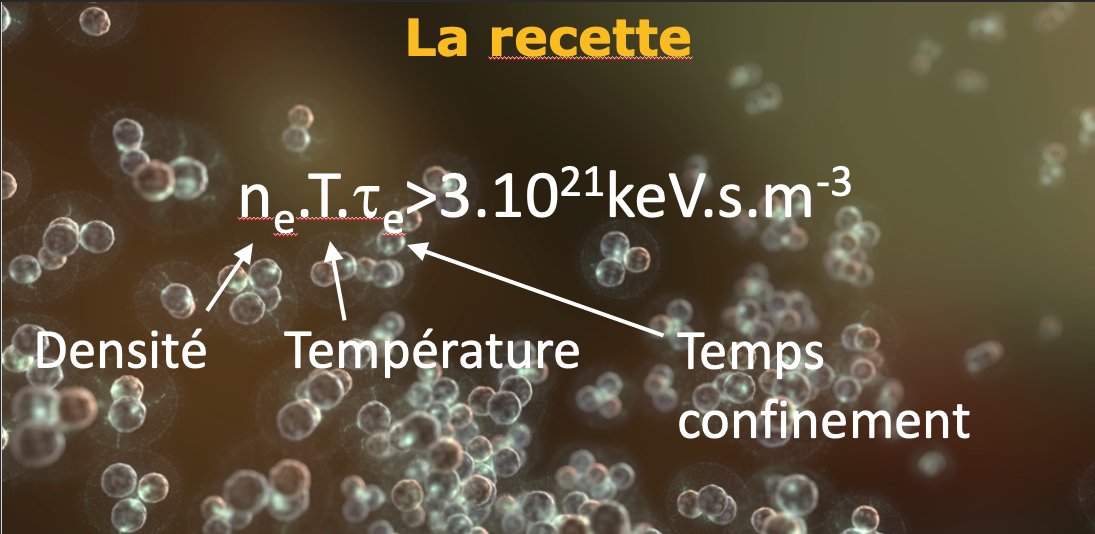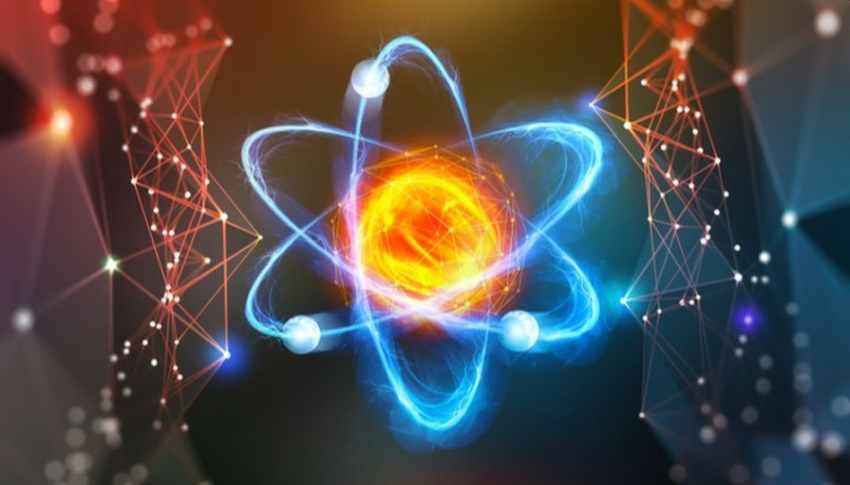
Helion Energy just raised 500 million $ to develop a fusion reactor working with helium-3. With an additional 1.7 billion committed if the company delivers on some of its objectives.
But why use helium-3? How does it work?
#thread
techcrunch.com/2021/11/05/hel…
But why use helium-3? How does it work?
#thread
techcrunch.com/2021/11/05/hel…
The vast majority of fusion concepts focus on the reaction between deuterium and tritium, isotopes of hydrogen, since it has the highest probability- by far. In ITER, a temperature of 150 million degrees (Kelvin) is required 
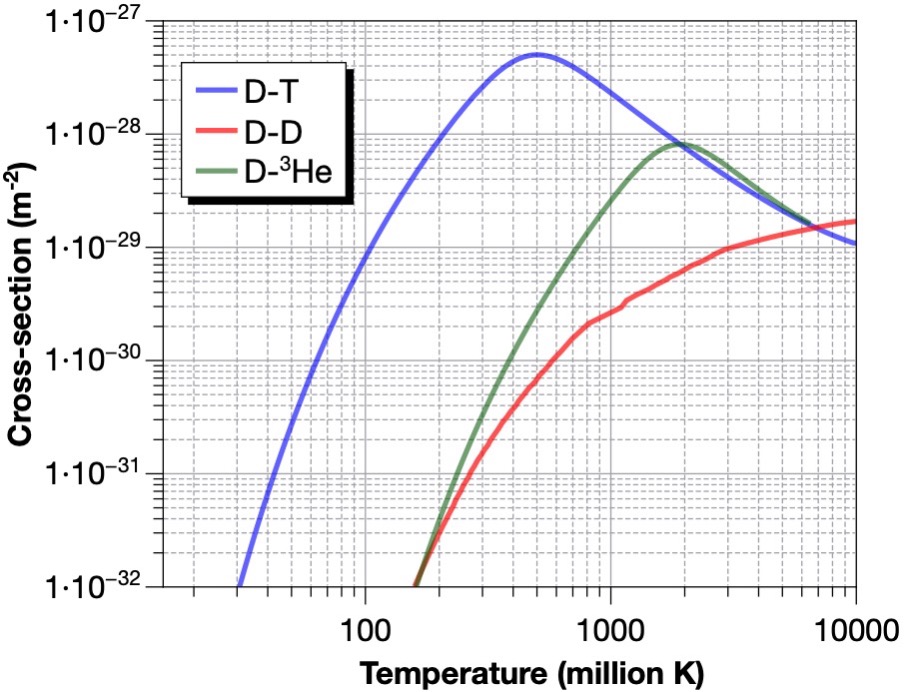
But the reaction produces very energetic neutrons which continuously bombard surrounding materials and damage them. A fusion reactor would have very high irradiation doses. This generates waste (although not long-lived) and embrittles materials. 
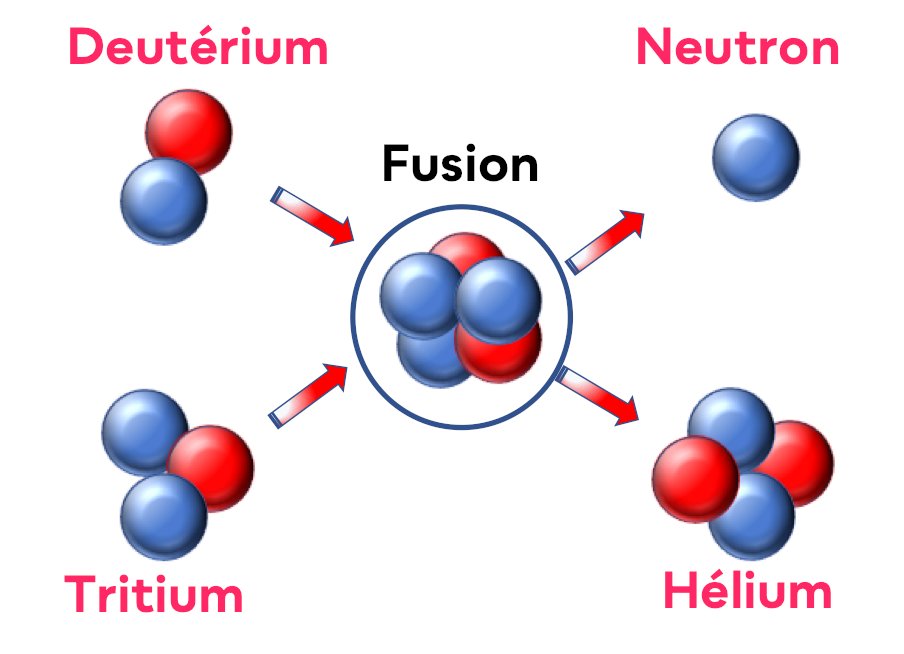
Other reactions are possible. Among them, the reaction between deuterium and helium-3, an isotope of helium. It gained popularity in the 1990s in some US labs. He-3 does not exist on earth (25kg in total) and is formed by decay of tritium.
It used to make headlines because people imagined mining helium-3 on the Moon- the Moon contains enough helium to power the world for 1000 years.
esa.int/Enabling_Suppo…
esa.int/Enabling_Suppo…
Another big selling point is that the reaction produces helium and hydrogen BUT no neutron. It is said to be aneutronic (another such reaction is between hydrogen and boron). In theory, that alleviates the issue of waste and materials. 
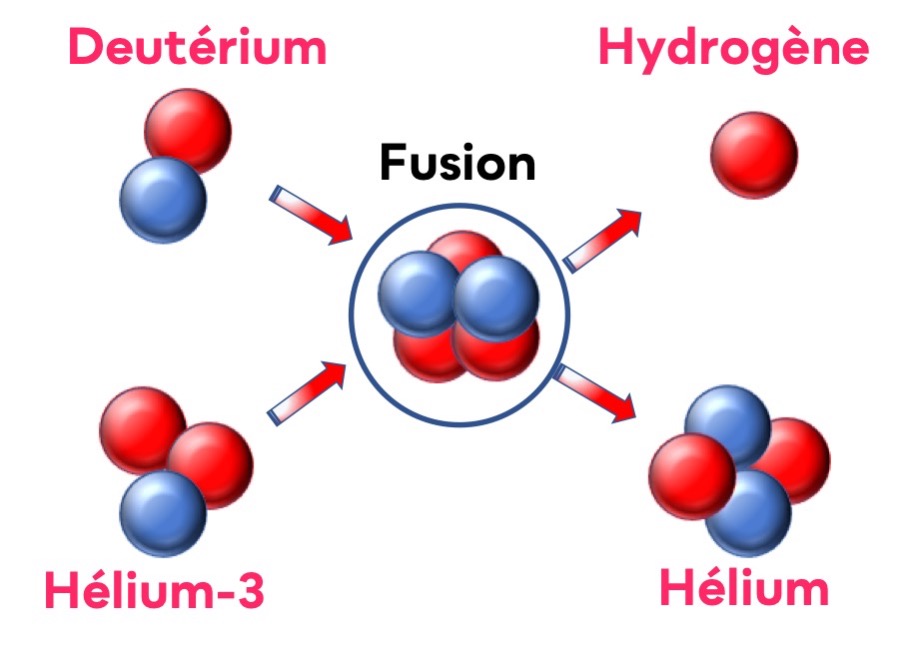
There are of course issues. The necessary temperature for D-3He fusion is about 4 times higher than that in ITER: about 600 million degrees. At such temperatures, the plasma loses quite a lot of energy by radiation.
arxiv.org/pdf/2104.06251…
arxiv.org/pdf/2104.06251…
Two types of radiation mechanism are important: bremsstrahlung created by the slowing down of plasma particles, and synchrotron radiation created by the motion of the particles in the magnetic field. 
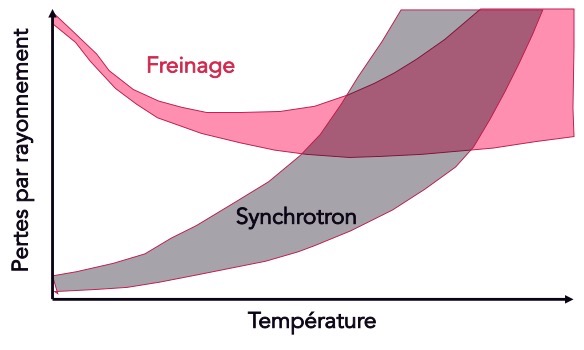
Both mechanisms evolve differently with temperature. The plasma temperature should be high enough to minimize bremsstrahlung and not too high to minimize synchrotron radiation. In all cases, some energy is lost by radiation. This is not an issue for D-T fusion
In a fusion plasma, a very important parameter is called Beta: the ratio between the plasma pressure and the magnetic pressure (created by the magnetic field). There is a limit above which the plasma cannot go. 
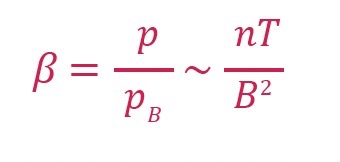
For a D-3He reaction, the product of Beta and of the energy confinement time would need to be at least 25 times higher than in a D-T plasma. Such performance have never been achieved in current experiments.
Tokamaks the workhorse of fusion development, have beta values of a few percent. Other configurations, like the Field Reversed Configuration used by Helion, can reach much higher values. Plasma is confined in a smokering by 2 magnetic fields which oppose themselves in the centre 

Beta values of up to 100% have been achieved by the company TAE, which pursue the hydrogen-boron scheme, but the confinement times are still way lower than what would be required.
nature.com/articles/ncomm…
nature.com/articles/ncomm…
Not having neutrons is an advantage but also a difficulty. Indeed, neutrons are not confined by the magnetic field and they bombard the surrounding surfaces and transfer their energy to the primary cooling system.
iter.org/sci/MakingitWo…
iter.org/sci/MakingitWo…
In a D-3He reactor, there is in theory no neutron. In theory? Yes, because there can be deuterium fusion which will form tritium. Since deuterium and tritium have a very high probability of reaction, neutrons are still formed.
But the number of neutrons is still significantly reduced. For D-3He, one has to use direct conversion: the kinetic energy of the plasma particles would be converted directly to a voltage and thus to electricity. Several concepts have been proposed.
No scheme has been demonstrated at scale yet, and technically it is quite challenging. Helion seems to propose a MHD converter system. In theory, the conversion efficiency would be much higher than in a Carnot cycle.
sciencedirect.com/topics/enginee…
sciencedirect.com/topics/enginee…
Another option is to use a system of venetian blinds to separate ions and electrons byt a system of grids at different potentials. That generates the required electric field. However, the risk of electric arc formation is high. But the geometry is quite adapted to FRC 
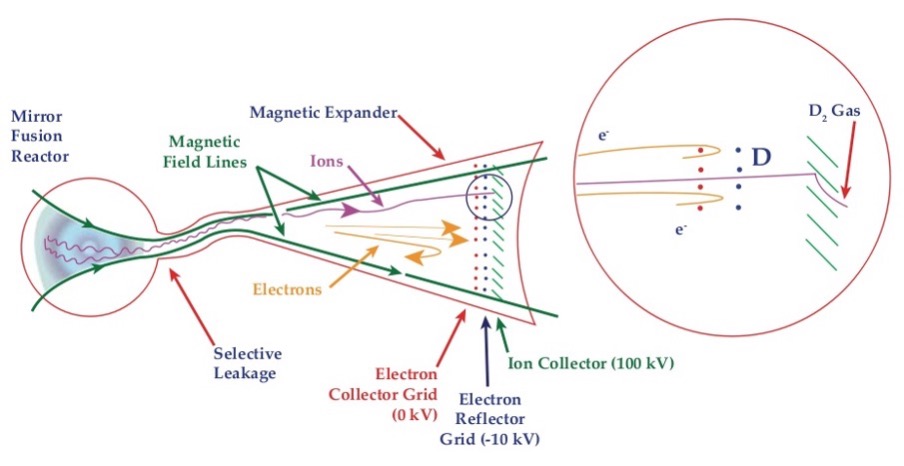
But where to find helium-3?
Helion proposes to fabricate it from D-D fusion reactions. That reaction has 2 paths with equal probabilities. One forms helium-3 and the other one tritium.
Helion proposes to fabricate it from D-D fusion reactions. That reaction has 2 paths with equal probabilities. One forms helium-3 and the other one tritium.

In both cases, the D-D reaction probability is very low, so the efficiency is not really good. I haven’t made the maths to see how it all fits together.
There is still the Moon of course…
usbeketrica.com/fr/article/la-…
There is still the Moon of course…
usbeketrica.com/fr/article/la-…
The FRC is the concepts used by another company called TAE, founded in 1998 (23 years ago already…). FRC still have much lower performances than tokamaks 

Helion promises to demonstrate electricity production by 2024. The most ambitious schedule so far…
Wait and see as they say…
cnbc.com/2021/11/05/sam…
Wait and see as they say…
cnbc.com/2021/11/05/sam…
Here an article I published in Joule on the topic :
sciencedirect.com/science/articl…
sciencedirect.com/science/articl…
@FusionInCloseUp might be of interest
• • •
Missing some Tweet in this thread? You can try to
force a refresh

